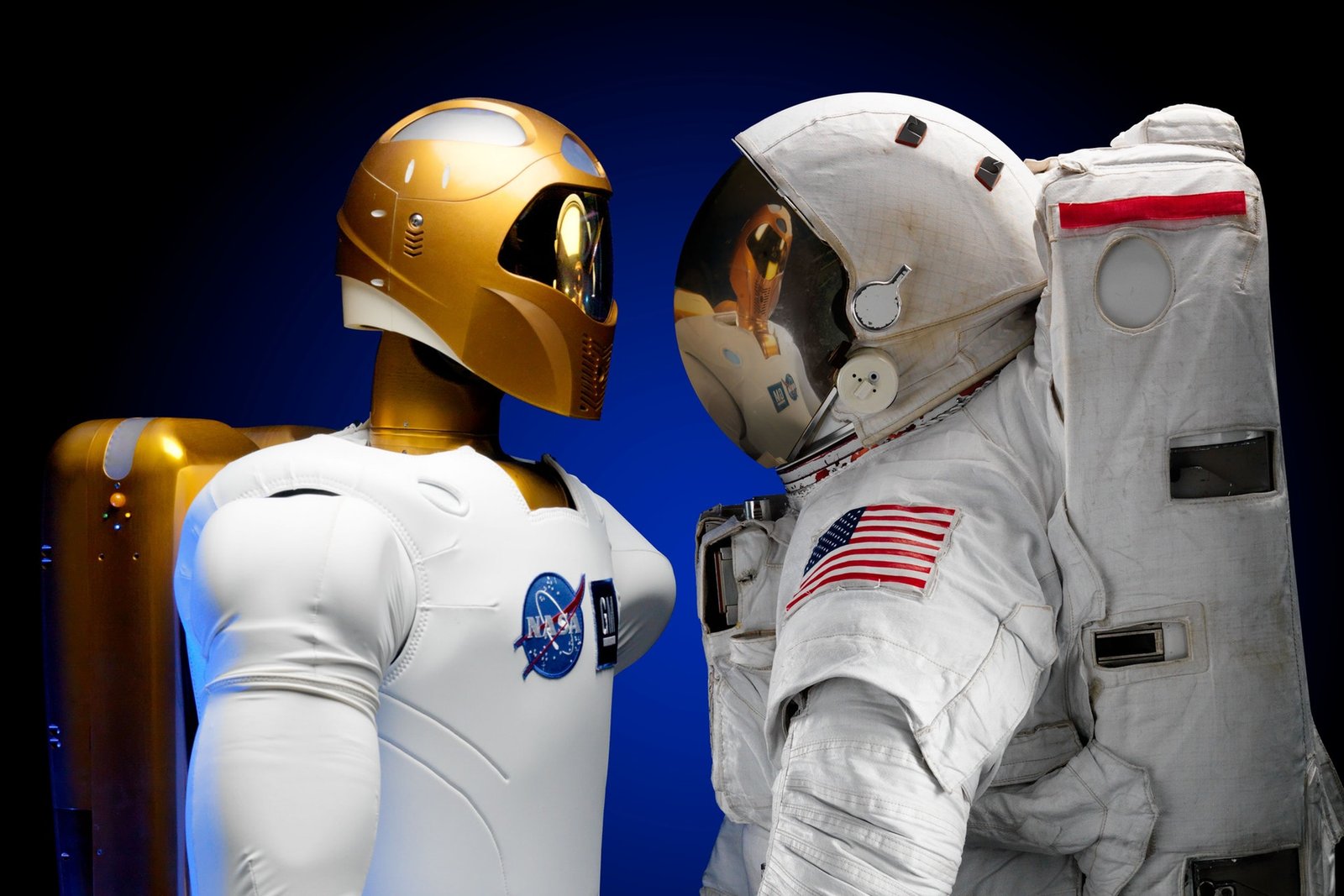These two concepts are working together to completely change industries, as they exist today, such as the automotive industry, quickly perform everyday tasks on smartphones, computers and the home, and aim to improve other fields of research, such as the medical profession and engineering.
These are simply a few of the many industries being affected by the new technology. Most industries are beginning to research how artificial intelligence can improve production and research, or are utilizing technology to become more connected internationally.
What are Artificial Intelligence and the Internet of Things?
Artificial intelligence and the Internet of things are new concepts in the world, and you may be wondering what they are. They are quite different from each other, but the combination of the two is powerful enough to change many aspects of daily life.
Major tech companies like Apple, Google and Intel are heavily investing in artificial intelligence. This is a software feature, or in some instances, a hardware feature, that is used to gather large amounts of data about a subject in order to make decisions based on the data. This is done through a series of algorithms and circuitry that the engineers have specialized to handle a specific task of sorts. The process of learning through algorithms is known as machine learning, and is a critical part of making artificial intelligence more useful.
The Internet of things is a term used to describe the devices connected to the Internet in today’s world. In the past, this was only laptops and desktops, so there wasn’t a term for it yet. Today, devices ranging from smartphones and tablets to light bulbs, watches, televisions, speakers, and vehicles are being connected to the internet as well, creating a massive network of devices that is referred to as the internet of things.
Automated Vehicles
The biggest area being impacted is the automotive industry. Many of the tech companies, and some of the car manufacturers, are working on autonomous vehicles. They are using artificial intelligence to allow the cars to analyze their surroundings and react faster than a human being. Apple and some other companies believe this is the ultimate challenge for a tech company to undertake.
In order to achieve this, the car is fitted with a multitude of sensors that detect motion in all directions around the vehicle and can detect objects that are a good distance away. It also has sensors for detecting the traffic lanes and GPS to figure out where the vehicle currently is. All these sensors gather data of the world around the vehicle in real time and this is then relayed to a central computer for analysis.
This computer is designed specifically with machine learning and artificial intelligence in mind, and adapts to common driving behaviors it encounters to react better to those occurrences. For example, a car preparing to turn will begin to drift over into the lane it wishes to enter into. The sensors of the autonomous vehicle will detect this motion and, based on the learned prior experiences, will recognize this as a turn. Through a series of automated decisions, the vehicle will either slow down or change lanes, based on what it analyzes as being the best solution to avoiding a collision.
Smart Home
Another major push in the tech industry is the home. Amazon, Apple, and Google all have smart home assistants that also act as speakers. Each of these assistants is programmed to learn about common behaviors of the user and connect to a multitude of Internet devices, serving as a hub for data input and decision-making.
Each company has a unique set of commands and products that are compatible with them, meaning a user would need to purchase the proper light bulbs, garage door openers, window shades, television sets, refrigerators and other common internet connected products in order to allow the assistant to control these items. This network is part of the internet of things, allowing a user to remotely control aspects of their home from viewing cameras in their house to seeing what’s inside the refrigerator without needing to be anywhere near the home.
Medicine
Explainable ai is also good for making complex maps of medical data and seeing patterns in the data points. Since it utilizes a series of algorithms to repeatedly find data, this makes it ideal for analyzing data and finding patterns in a complex string of data that would be difficult and time consuming for a human to analyze.
With all devices becoming connected through the internet, this also allows for hospitals to gather data about patients in real time as patients input data into their smartphones and use different sensors, making it easier for the medical professionals to diagnose issues faster than before.
Security
Artificial intelligence is good to use for security purposes since it is able to analyze common behaviors of those who typically access the data it is protecting and can quickly detect sudden changes to this behavior that suggest a security risk.
Though still in its infancy, professionals who deal with the security of data are hoping to one day create code that can change based on security threats independently of developers, thereby making the code as secure as possible.
Explainable AI
Artificial intelligence is often difficult to understand, and still requires humans who can analyze the data found by the machines. There is a push, then, to make explainable ai to allow the machines to communicate more naturally with humans. Rulex Analytics is currently developing an AI that utilizes predictive logic and is able to better communicate its data with humans, minimizing the complex knowledge of mathematics currently required to understand artificial intelligence.
This would make it easier for developers to create products that interact with AI and connected devices to bring about massive change to more industries.


Comments
0 comments